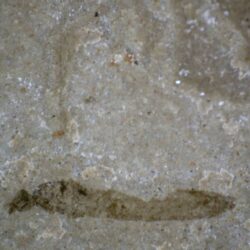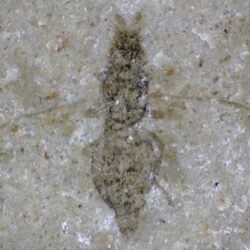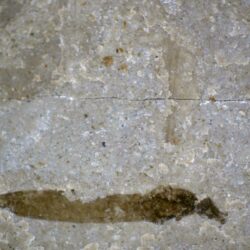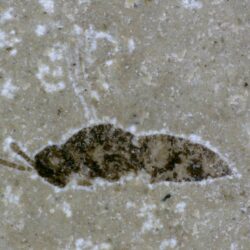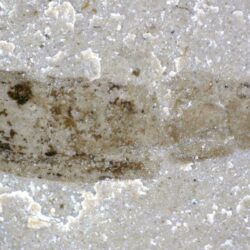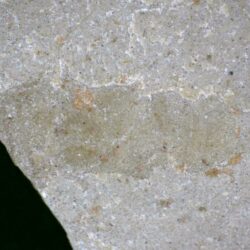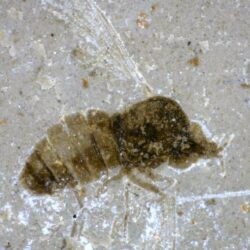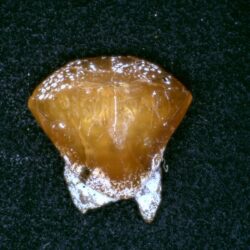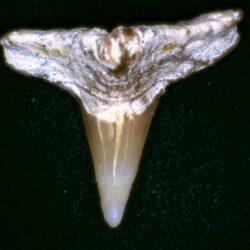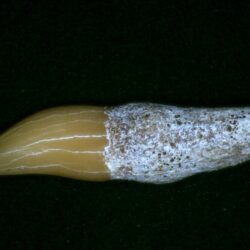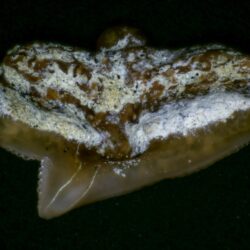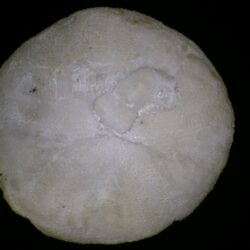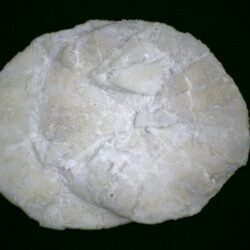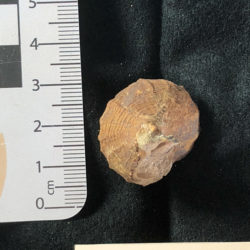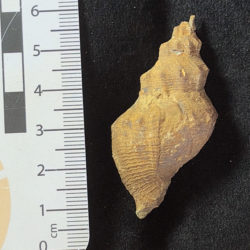-
Patrick Hsieh posted a new specimen. 3 weeks, 6 days ago
3 weeks, 6 days ago3 weeks, 6 days agoPatrick Hsieh has contributed specimen mFeM 162305 to myFOSSIL!
-
Patrick Hsieh posted a new specimen. 3 weeks, 6 days ago
3 weeks, 6 days ago3 weeks, 6 days agoPatrick Hsieh has contributed specimen mFeM 162294 to myFOSSIL!
-
Patrick Hsieh posted a new specimen. 3 weeks, 6 days ago
3 weeks, 6 days ago3 weeks, 6 days agoPatrick Hsieh has contributed specimen mFeM 162285 to myFOSSIL!
-
Patrick Hsieh posted a new specimen. 3 weeks, 6 days ago
3 weeks, 6 days ago3 weeks, 6 days agoPatrick Hsieh has contributed specimen mFeM 162276 to myFOSSIL!
-
Patrick Hsieh posted a new specimen. 3 weeks, 6 days ago
3 weeks, 6 days ago3 weeks, 6 days agoPatrick Hsieh has contributed specimen mFeM 162271 to myFOSSIL!
-
Patrick Hsieh posted a new specimen. 3 weeks, 6 days ago
3 weeks, 6 days ago3 weeks, 6 days agoPatrick Hsieh has contributed specimen mFeM 162262 to myFOSSIL!
-
Patrick Hsieh posted a new specimen. 3 weeks, 6 days ago
3 weeks, 6 days ago3 weeks, 6 days agoPatrick Hsieh has contributed specimen mFeM 162253 to myFOSSIL!
-
Patrick Hsieh posted a new specimen. 3 weeks, 6 days ago
3 weeks, 6 days ago3 weeks, 6 days agoPatrick Hsieh has contributed specimen mFeM 162248 to myFOSSIL!
-
Patrick Hsieh posted a new specimen. 1 month ago
1 month ago1 month agoPatrick Hsieh has contributed specimen mFeM 162176 to myFOSSIL!
-
Patrick Hsieh posted a new specimen. 1 month ago
1 month ago1 month agoPatrick Hsieh has contributed specimen mFeM 162171 to myFOSSIL!
-
Patrick Hsieh posted a new specimen. 1 month ago
1 month ago1 month agoPatrick Hsieh has contributed specimen mFeM 162166 to myFOSSIL!
-
Patrick Hsieh posted a new specimen. 1 month ago
1 month ago1 month agoPatrick Hsieh has contributed specimen mFeM 162157 to myFOSSIL!
-
Patrick Hsieh posted a new specimen. 1 month ago
1 month ago1 month agoPatrick Hsieh has contributed specimen mFeM 162148 to myFOSSIL!
-
Patrick Hsieh posted a new specimen. 1 month ago
1 month ago1 month agoPatrick Hsieh has contributed specimen mFeM 162135 to myFOSSIL!
-
Patrick Hsieh posted a new specimen. 1 month ago
1 month ago1 month agoPatrick Hsieh has contributed specimen mFeM 162122 to myFOSSIL!
-
Patrick Hsieh posted a new specimen. 1 month ago
1 month ago1 month agoPatrick Hsieh has contributed specimen mFeM 162113 to myFOSSIL!
-
Patrick Hsieh posted a new specimen. 1 month, 3 weeks ago
1 month, 3 weeks ago1 month, 3 weeks agoPatrick Hsieh has contributed specimen mFeM 161789 to myFOSSIL!
-
Patrick Hsieh posted a new specimen. 1 month, 3 weeks ago
1 month, 3 weeks ago1 month, 3 weeks agoPatrick Hsieh has contributed specimen mFeM 161783 to myFOSSIL!
-
Patrick Hsieh posted a new specimen. 1 month, 3 weeks ago
1 month, 3 weeks ago1 month, 3 weeks agoPatrick Hsieh has contributed specimen mFeM 70316 to myFOSSIL!
-
Patrick Hsieh posted a new specimen. 1 month, 3 weeks ago
1 month, 3 weeks ago1 month, 3 weeks agoPatrick Hsieh has contributed specimen mFeM 161778 to myFOSSIL!
- Load More



























